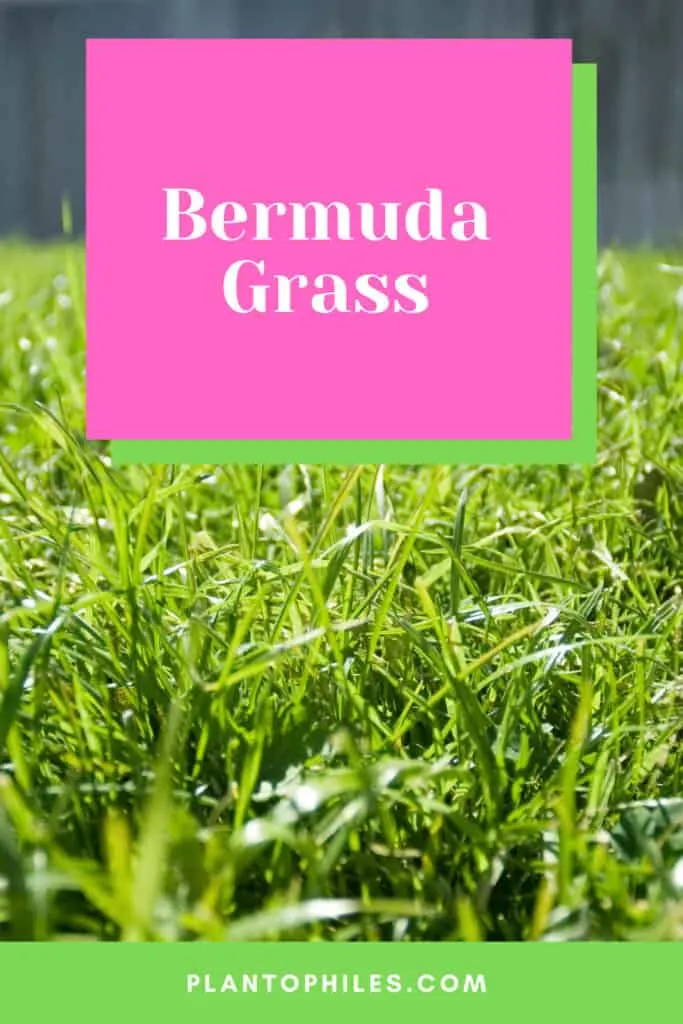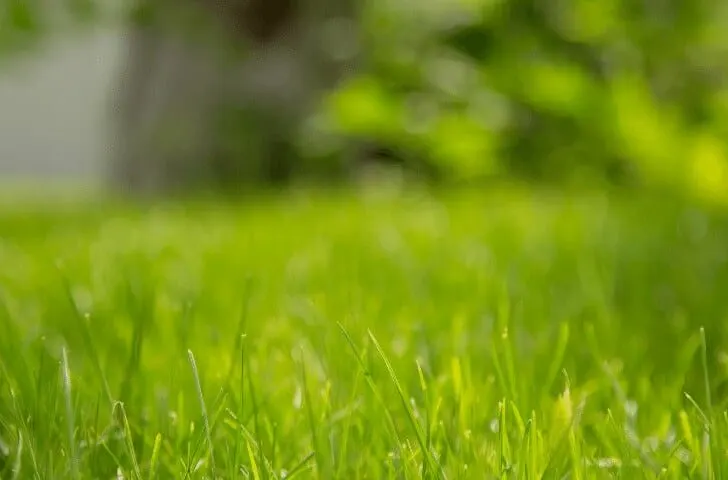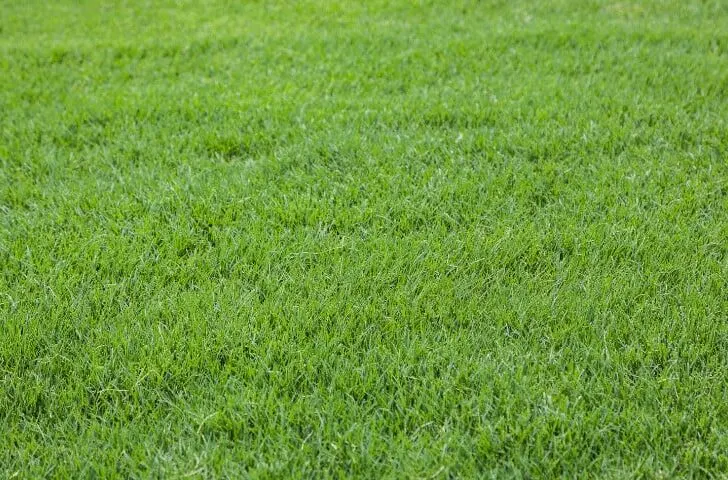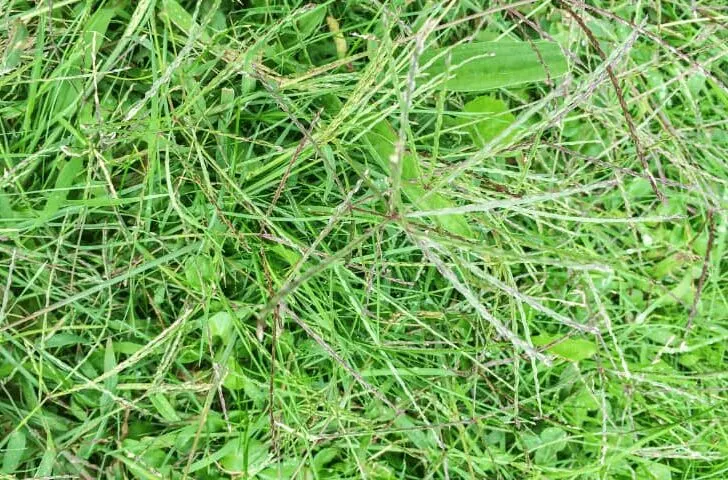Bermuda grass, also known as Cynodon dactylon, devil’s grass, and wiregrass, can be found worldwide. It is an invasive species. It builds a dense mat and grows deep roots that reach 6.6 feet under the ground (2 meters). It is very durable and tough and survives hot and dry summers.
This grass is native to Africa and is used as lawn grass and pasture grass. It is a playing surface in NFL and MLB arenas, golf courses, and tennis courts. Due to its extensive root system, it is appreciated for its erosion prevention and capabilities.
Cynodon dactylon is a great choice for oceanfront properties as it has a high salt tolerance.
Table of Contents
Bermuda Grass information
Bermuda grass, or Cynodon dactylon is a perennial heat and drought-tolerant grass growing in subtropical and tropical regions. It is used for lawns, parks, and playing fields and is known to be invasive. It also tolerates salt well, making it the perfect choice for oceanfront properties.

Bermuda Grass Facts
- Bermuda grass is one of the most used turfgrasses in the United States.
- It has to be mowed frequently.
- Spreading happens by underground stolons. It prefers full sun.
Fun Facts About Bermuda Grass
- Bermuda Grass was originally introduced to the United States as a forage crop for livestock
- Its roots can range up to 6 feet deep into the soil
- It can withstand heavy foot traffic
Bermuda Grass Care
Sunlight: This grass prefers full sunlight. It has a low shade tolerance and should not be grown under trees.
Temperature: The ideal temperature is 75-99 °F (24 and 37 °C). Growth stops at temperatures below 59 °F (15 °C).
Hardiness zones: This grass grows in USDA hardiness zones 7-10.
Humidity: Cynodon dactylon prefers high humidity above 50%.
Watering: Provide 1 inch (2.5 cm) of water in addition to rainfall.
Fertilizer: Needs a lot of fertilizer.
Pests: It is susceptible to problems such as moles, crickets, and grubs.

Benefits of Bermuda Grass
The following are the main benefits of Bermuda grass:
- Easy to establish
- Grows rapidly
- Heat tolerance
- Salt tolerance
- Drought tolerance
- It can take high humidity
- Traffick tolerance
- Stress resilience
- Grows on hard surfaces
- Grows on shallow surfaces

Bermuda Grass Disadvantages
- Low cold tolerance
- High fertilizer needs
- Invasive species
- Hard to get rid of as it produces seeds (the nonhybrid varieties)
- Will push out other plants

4. How to Get Rid of Bermuda Grass
Since Cynodon dactylon is very tough and grows strong roots more than 6 feet deep into the ground (2 meters), using herbicides such as glyphosate is a common way to get rid of if according to Sunset.
Other ways to get rid of Bermuda grass are solarizing and choking it, according to the University of California.
Solarizing, according to Arti Kirch, UC Master Gardener, means heating the soil to a level where no grass can survive. It is done during the hottest time of the year; depending on where you are located this might be at different times.
To solarize Bermuda grass you are cutting it down as much as possible and adding water. Then you cover the grass using polyethylene.
The plastic needs to be on top of the grass for at least 4-6 weeks and cover all areas. It is important to cover all the grass stolons.
Another method to get rid of Cynodon dactylon is called drying and turning. It involves withholding water in summer and turning or spading the top few inches of soil several times in the summer.
5. Bermuda Grass vs. St. Augustine Grass
A grass that is often confused with Bermuda grass is St. Augustine grass. The main difference between the two types of grass is that St. Augustine grass tolerates shade much better. Cynodon dactylon needs full sun to thrive. However, both kinds of grass are tough and suitable for warmer regions.
Conclusion About Bermuda Grass
Bermuda grass is a perennial grass that is tough and ideally suited for warmer regions. It withstands droughts, has a high salt tolerance, and takes trafficking well. Unsuitable places are colder regions. Make sure to have designated areas for it to grow as Bermuda grass is growing fast and is hard to get rid of once established.

Daniel has been a plant enthusiast for over 20 years. He owns hundreds of houseplants and prepares for the chili growing seasons yearly with great anticipation. His favorite plants are plant species in the Araceae family, such as Monstera, Philodendron, and Anthurium. He also loves gardening and is growing hot peppers, tomatoes, and many more vegetables.


